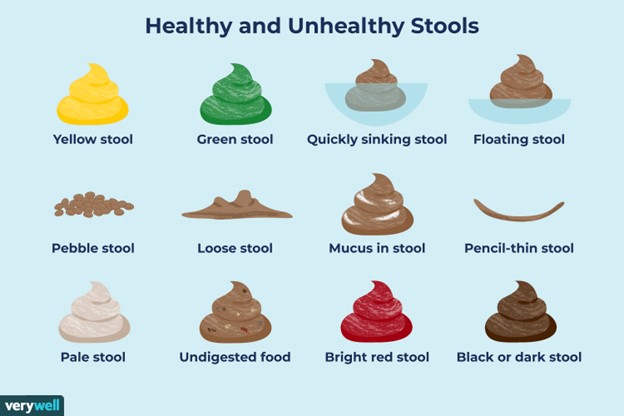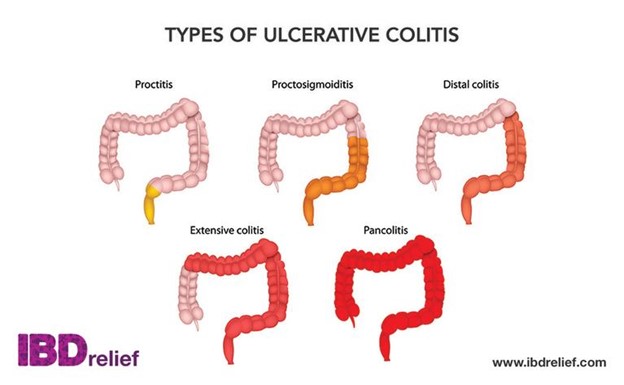A client's stool is clay in color. What additional information should the nurse obtain from this client? Select all that apply.
History of alcohol abuse
Intolerance to fatty foods
Pain in the RUQ radiating to the shoulder.
Pain in the McBurney's point
Bleeding ulcer
Correct Answer : A,C,E
Choice A Reason: History of alcohol abuse is an additional information that the nurse should obtain from this client, as it may indicate liver damage or cirrhosis, which can cause clay-colored stool due to reduced bile production or flow.
Choice B Reason: Intolerance to fatty foods is not an additional information that the nurse should obtain from this client, as it does not relate to clay-colored stool, but it may indicate gallbladder disease or malabsorption.
Choice C Reason: Pain in the RUQ radiating to the shoulder is an additional information that the nurse should obtain from this client, as it may indicate gallstone obstruction or inflammation, which can cause clay-colored stool due to blocked bile ducts.
Choice D Reason: Pain in the McBurney's point is not an additional information that the nurse should obtain from this client, as it does not relate to clay-colored stool, but it may indicate appendicitis or diverticulitis.
Choice E Reason: Bleeding ulcer is an additional information that the nurse should obtain from this client, as it may indicate upper gastrointestinal bleeding, which can cause clay-colored stool due to digested blood.

Nursing Test Bank
Naxlex Comprehensive Predictor Exams
Related Questions
Correct Answer is D
Explanation
Choice A Reason: Calling the RN supervisor is not the priority action for the nurse, as it may delay the intervention and outcome.
Choice B Reason: Completing an incident report is not the priority action for the nurse, as it does not address the immediate problem or prevent further complications.
Choice C Reason: Checking the blood glucose level is not the priority action for the nurse, as it may confirm the error but not correct it.
Choice D Reason: Giving the client 15 to 20 g of carbohydrate is the priority action for the nurse, as it may prevent or treat hypoglycemia, which is a serious complication of insulin overdose.
Correct Answer is A
Explanation
Choice A Reason: Managing diarrhea is the priority goal for the client's care, as it helps to prevent dehydration, electrolyte imbalance, malnutrition, and infection.
Choice B Reason: Promoting rest and comfort is an important goal for the client's care, but it is not the priority, as it does not address the underlying cause of the exacerbation.
Choice C Reason: Increasing self-esteem is a long-term goal for the client's care, but it is not the priority, as it does not affect the physical condition of the client.
Choice D Reason: Promoting self-care and independence is a long-term goal for the client's care, but it is not the priority, as it does not affect the acute symptoms of the exacerbation.

Whether you are a student looking to ace your exams or a practicing nurse seeking to enhance your expertise , our nursing education contents will empower you with the confidence and competence to make a difference in the lives of patients and become a respected leader in the healthcare field.
Visit Naxlex, invest in your future and unlock endless possibilities with our unparalleled nursing education contents today
Report Wrong Answer on the Current Question
Do you disagree with the answer? If yes, what is your expected answer? Explain.
Kindly be descriptive with the issue you are facing.
